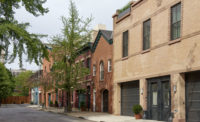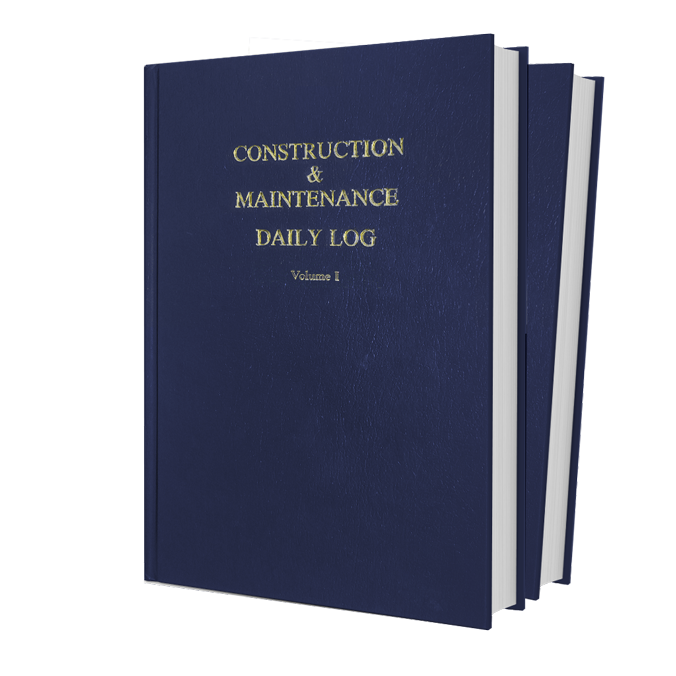Few materials signify contemporary design the way glass does, especially when it’s used to delineate space inside a 144-year-old house.
That idea of a sharp contrast is what drove MacPherson Architects / 2MA’s solution when a couple, who own a Victorian residence in historic Perrysburg, Ohio, asked the firm for an interior more in tune with 21st-century living.
Additional Content:
Jump to credits & specifications
Principal Kate MacPherson planned a multiphase renovation that would include preserving the house’s 1875 exterior. A top priority was making the second-floor master suite a cozy retreat for the empty-nesters, complete with a spa-like master bath, while the rest of the work was going on. “The next phases involve exterior renovations, which must be approved by the district’s board. But in many ways they don’t care so much what’s inside,” MacPherson says.
That, and the fact that the owners are her longtime friends, allowed the architect the freedom to insert modern materials while retaining many of the Victorian details, such as elaborate molding. As the first phase of the plan, the 485-square-foot master suite (including a 125-square-foot bath) established a new design language for the future work throughout the house, with glass as the key element.
Although wood and Corian were considered, ½-inch-thick velour-etched tempered glass, used for both hinged and pocket doors as well as for partitions, worked best to create the uncluttered, bright space the couple wanted.
Hinged double doors of glass open to the bathroom off the second-floor landing. Just inside them, along a short corridor leading to the tub and double vanities, a glass pocket door conceals a walk-in closet. A second pocket door to one side of the tub can be slid back to reveal the bedroom, while fixed etched-glass panels enclose the toilet and shower along the opposite side of the room.
“The idea of glass doors frightens some people, but because they’re tempered, polished, and thick, they will hold up over time,” MacPherson says. Creating the pocket doors required additional steps. The architects designed their recessed slots as prefabricated units; the walls were built out by roughly 4 inches, resulting in partitions that are 8 or 11 inches thick. The slots are deep enough for LEDs and vents for the bathroom’s exhaust system along the top; this required some reframing and reinforcement to support the 10-foot, 6-inch door panels. Meanwhile, to create a smooth, zero-threshold pocket, MacPherson also leveled the floors.
The benefits are already evident, she says, describing the ethereal effect when the etched doors are closed. “It’s almost as if the door itself is light-giving. They add a whole new dimension to the space.”
In the shower, the material palette expands to include solid surface walls. In contrast to the original plaster walls, which feature prominent baseboard moldings and rounded edges, these seamless walls have crisp corners and no decorative trim. A wall-hung toilet and a single trough-style sink fitted with two taps present a similarly clean line.
By placing a freestanding tub in the room’s bay window, MacPherson linked the glass treatments to the building envelope. Instead of blinds or curtains, she applied a translucent velour film to the lower lites of the double-hungs, allowing them to filter maximum daylight and a view of the sky and treetops. To insulate against the Ohio winters, the architect installed radiant floor heating, which supplements radiators along the baseboard between the tub and windows.
“The openness provides a more spacious visual flow and the practical benefits of a more easily maintained environment,” MacPherson says.
As for the etched glass elsewhere in the house: an additional 6-foot slider will be installed to close off the kitchen; a 36-foot-long, 12-foot-high wall of operable glass windows will provide access and views to a backyard terrace; and floor-to-ceiling glass will enclose the second-floor landing. “It’s like putting together the story of a stylistic interjection in a Victorian house.”
CreditsArchitect: MacPherson Architects/2MA — Kate B. MacPherson, partner in charge; Jaimie L. Deye, associate project manager
General contractor: Roman Construction |
SpecificationsGlass doors & partitions Oldcastle BuildingEnvelope; Walker Textures (low-iron velour)
Lighting Seagull (LED tape); Juno (downlights); Legrand Adorne (controls)
Bath fixtures Duravit
Faucets Hansgrohe
Door hardware C.R. Lawrence (hinges); Dorma (sliding system)
Solid surfacing DuPont Corian
Radiant heat Uponor; Schluter |











Post a comment to this article
Report Abusive Comment